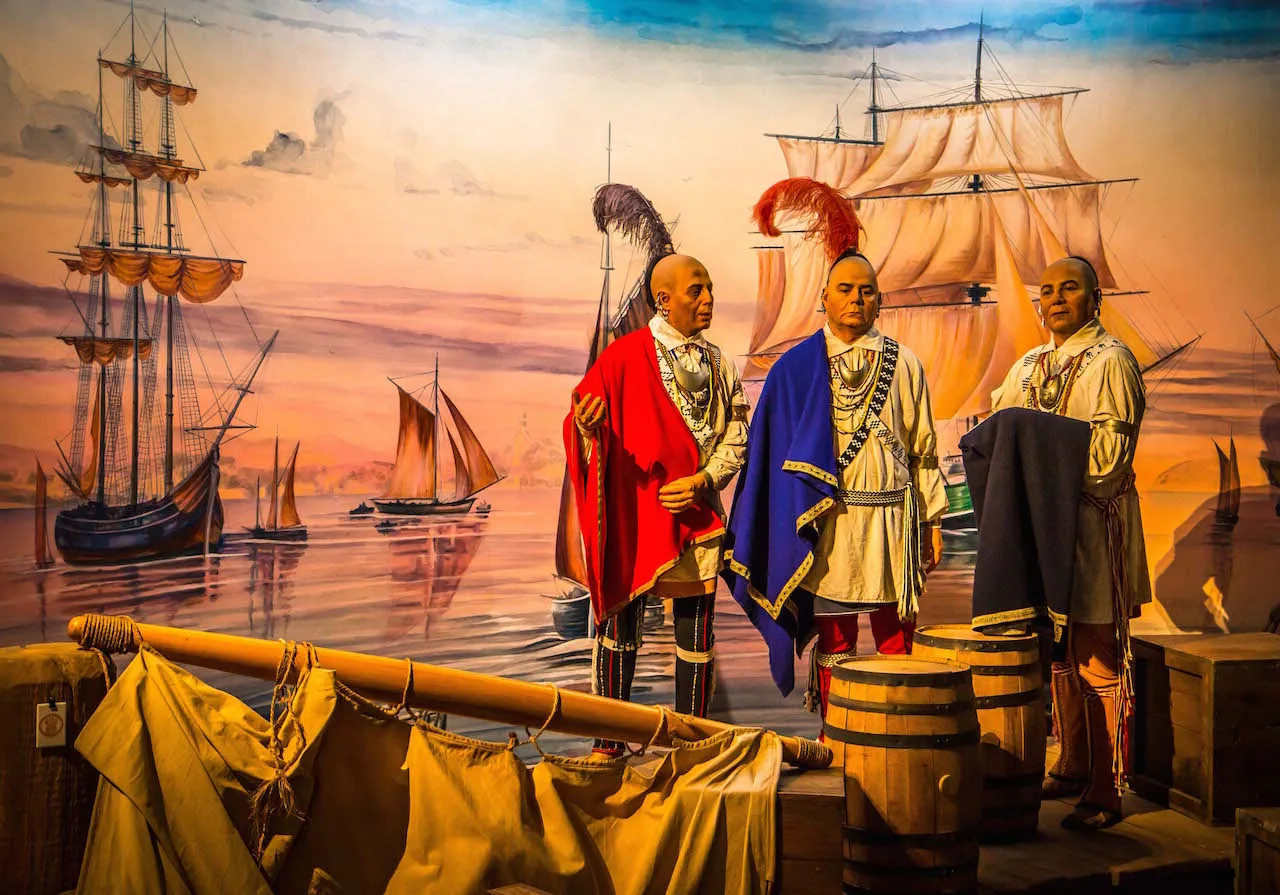
Ever wondered about the rich history and vibrant culture of the Cherokee Tribe? Well, you're in for a treat! The Cherokee Tribe, one of the most prominent Native American groups, has a fascinating story that spans centuries. From their ancestral lands in the southeastern United States to their forced relocation on the Trail of Tears, their history is a testament to resilience and survival. But there's so much more to learn beyond these well-known facts. Did you know the Cherokee developed their own written language, or that they played a crucial role in American history? In this blog post, we'll dive into 17 intriguing facts about the Cherokee Tribe that will leave you amazed. Get ready to uncover the legacy of a people whose contributions and enduring spirit continue to resonate today.
Key Takeaways:
- The Cherokee Tribe, known for their resilience and contributions to American culture, faced hardships like the Trail of Tears but continue to preserve their heritage and embrace the future.
- The Cherokee Tribe's rich history includes the development of a written language, significant roles for women, and contributions to American society, while also focusing on preserving their culture and language for future generations.
Understanding the Cherokee Tribe
The Cherokee Tribe, one of the most prominent Native American groups, has a rich history and culture that spans thousands of years. Known for their resilience and adaptability, they have made significant contributions to the United States' fabric. Here, we delve into some fascinating facts about this distinguished tribe.
-
Cherokee is not just a name; it's a legacy. This tribe originally inhabited the southeastern United States, including parts of present-day Georgia, North Carolina, South Carolina, and Tennessee.
-
They called themselves Aniyvwiya?i, meaning "Principal People." The name "Cherokee" came from a Creek word "Chelokee" meaning "people of a different speech."
-
The Cherokee developed a written syllabary in 1821. Sequoyah, a brilliant member of the tribe, created this system to help his people read and write in their language.
Cherokee Government and Society
The Cherokee Tribe's government and social structure were highly organized and democratic, reflecting their sophisticated way of life.
-
Before European contact, the Cherokee lived in autonomous villages, each with its council and religious leaders.
-
In the early 19th century, they formed a republican government, mirroring the United States, with a constitution and divided powers into executive, legislative, and judicial branches.
-
Women held significant roles within Cherokee society. They owned property, participated in councils, and were crucial to the tribe's matrilineal descent system.
Trail of Tears: A Dark Chapter
One of the most heart-wrenching events in Cherokee history is the Trail of Tears, a forced relocation that had devastating effects.
-
In 1838 and 1839, as part of Andrew Jackson's Indian removal policy, over 16,000 Cherokee were forced to leave their homes. Approximately 4,000 died from cold, hunger, and disease on the journey to what is now Oklahoma.
-
This tragic event is remembered as the Trail of Tears, symbolizing the suffering and loss the Cherokee people endured.
Cherokee Contributions and Legacy
Despite hardships, the Cherokee have contributed significantly to American culture and society.
-
The Cherokee syllabary invented by Sequoyah facilitated the publication of the first Native American newspaper in 1828, The Cherokee Phoenix.
-
During the Civil War, the Cherokee Nation was divided, with members fighting for both the Union and Confederate armies.
-
The Cherokee have also been instrumental in advancing Native American rights and sovereignty, playing a key role in landmark legal cases.
Modern Cherokee: Preserving Heritage and Embracing the Future
Today, the Cherokee Nation is vibrant, working diligently to preserve its heritage while looking forward to the future.
-
The Cherokee Nation now has over 300,000 enrolled members, making it the largest of the three federally recognized Cherokee tribes.
-
They operate the largest tribal health system in the United States, providing free healthcare to its members.
-
Education is highly valued, with numerous scholarships offered to Cherokee students pursuing higher education.
-
The tribe is also a significant economic force, owning businesses ranging from tourism to high-tech industries.
-
In efforts to preserve their language, the Cherokee Nation offers language preservation classes and has integrated the Cherokee language into technology, including smartphones.
-
Cultural preservation remains a priority, with initiatives to teach traditional crafts, dances, and ceremonies to younger generations, ensuring the Cherokee legacy lives on.
A Final Look at Cherokee Insights
Diving into the world of the Cherokee Tribe has been an enlightening journey. We've uncovered fascinating aspects of their culture, history, and contributions that continue to resonate today. From their intricate social structures and profound spiritual beliefs to their significant role in American history, the Cherokee people embody resilience and adaptability. Their legacy, marked by the Trail of Tears, reminds us of the challenges they faced and overcame. Today, their vibrant culture and efforts to preserve their language and traditions offer inspiration to all. As we reflect on these 17 facts, let's appreciate the depth and richness of the Cherokee heritage, recognizing its vital place in the tapestry of human history. Their story isn't just about the past; it's a living, breathing narrative that continues to evolve and influence.
Frequently Asked Questions
Was this page helpful?
Our commitment to delivering trustworthy and engaging content is at the heart of what we do. Each fact on our site is contributed by real users like you, bringing a wealth of diverse insights and information. To ensure the highest standards of accuracy and reliability, our dedicated editors meticulously review each submission. This process guarantees that the facts we share are not only fascinating but also credible. Trust in our commitment to quality and authenticity as you explore and learn with us.


